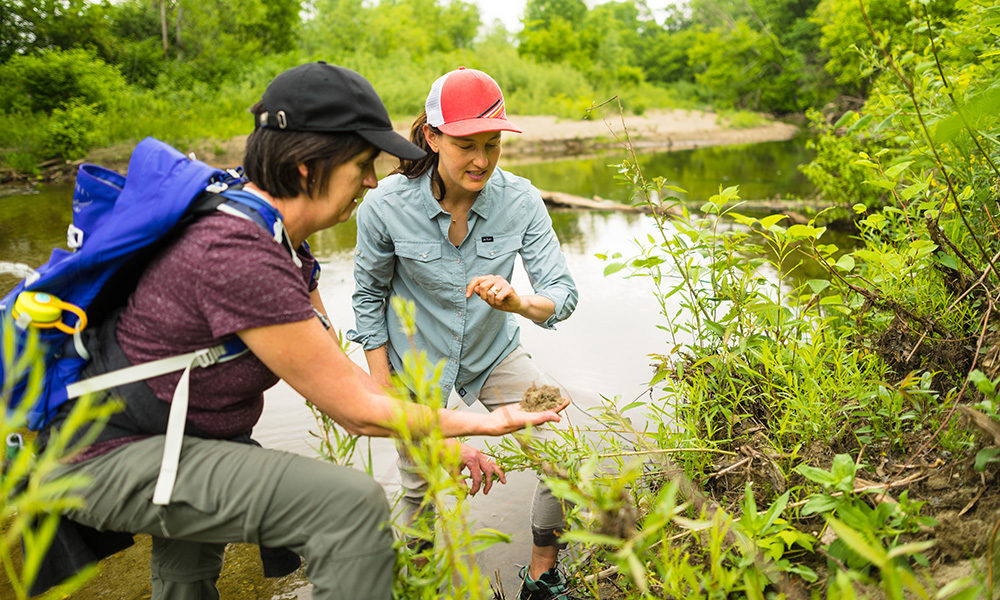Floodplain Restoration to Help Property Damage and Social Inequality in the Lake Champlain Basin
May. 25th 2022Flooding is the most expensive, widely experienced, and deadliest natural hazard in the world. With climate change, flooding is only expected to worsen, and so a diverse range of approaches to mitigate flood damage is needed. Furthermore, flooding will not impact all people equally.
Led by Jesse Gourevitch, a former PhD student at the University of Vermont Rubenstein School, researchers designed a study to assess how flood losses are distributed among economic and social groups in the Lake Champlain basin. They also charted how floodplain restoration efforts would change the future impacts of floods.
“The results from the study raise concern that those least able to prepare for and recover from flood damages are also the people who face the greatest threats,” said Gourevitch.
Over the next 100 years, the researchers estimate that flooding exacerbated by climate change will cause approximately $5.29 billion dollars in property damage. This damage will disproportionately impact vulnerable groups, such as mobile home owners and low-income households. Not only will flood damage be greatest for these groups, but they are also less likely to recover from such events due to limited resources. This inequity calls for approaches to flood mitigation that include floodplain restoration to enhance the landscape’s natural ability to prevent major flood damage.
Deforestation has hurt forest and wetland ecosystems that were once more able to absorb water and therefore decrease the damage of floods. Between 2000 and 2012, 2.3 million kilometers (almost 1.5 million miles) of forest have been lost globally. Forest restoration could reinstate natural flood mitigation through revegetation.
The researchers simulated a number of flood scenarios. They found that converting cropland, pasture, hay, and barren land to deciduous forest could decrease property damage by 19%, from $5.29 billion to $4.28 billion. They also found that across a range of scenarios, lower income homes such as mobile homes would still suffer greater damages as a whole. Not only are they disproportionately exposed to flood plain damage, but they have less resiliency to bounce back from property damage.
The research suggests that floodplain restoration will greatly decrease the damage done by future floods, especially when climate change is taken into account. However, floodplain restoration must consider the unequal burden different socioeconomic groups bear in regards to flooding damage. Given these disparities, the authors suggest that investments in flood resilience better consider the social vulnerability of the populations exposed to such risks.
Although floods may be one of the most hazardous natural events in the coming decades, the authors emphasize that floodplain restoration could greatly reduce the damage from flooding and also the environmental inequity at play.
 ecoNEWS VT
ecoNEWS VT